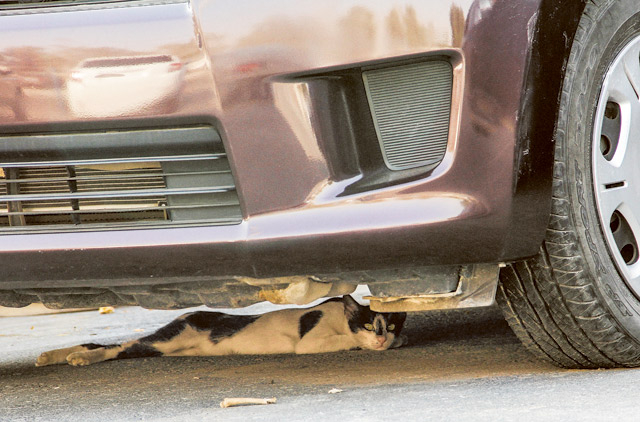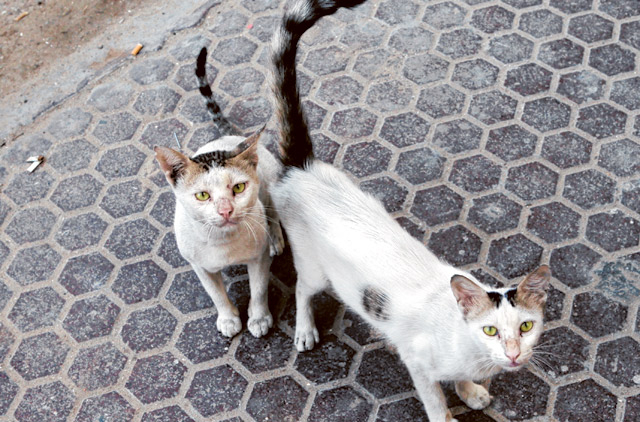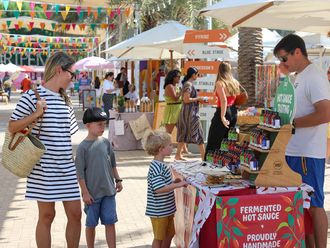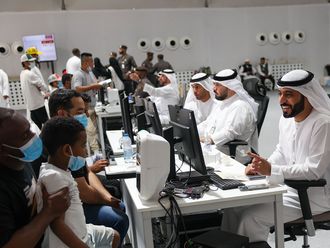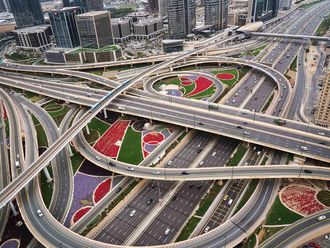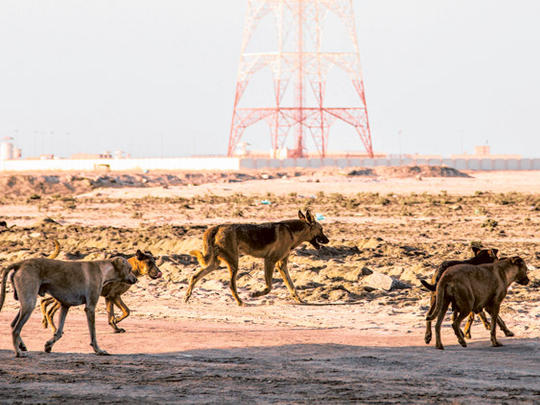
Dubai: An old scabby dog running from traffic. A cat scrambling for scraps in a rubbish bin near cafeterias. A dog tied to a palm tree in a farm for two years. These are just some of the reports animal welfare advocates have received recently. And the list goes on.
While they’re doing what they can to save these animals, animal welfare advocates have called on residents and authorities to zero in on the stray animal situation which, according to them, has become a “massive problem” and will turn into a disaster in the long run if no action is taken.
Montserrat Martin, an animal welfare advocate and founder of rehoming organisation Friends of Animals Dubai, claims that the number of stray animals in the UAE has tripled over the last two years. There are no official statistics to verify this data.
For stray cats alone, Martin said that current approximations are a quarter of a million — or one-eighth the population of Dubai.
“The issue became aggravated with the amount of people coming into the UAE who feel sorry for the cats and feed them. The cats obviously will reproduce,” Martin told Gulf News.
In theory, a healthy female cat and its offspring can produce up to 420,000 cats in six years or 192 kittens per day.
A healthy female dog and its offspring have a lower reproduction rate — 67,000 dogs in six years or 30 puppies per day.
Martin said that though there are no estimates for stray dogs, it has increasingly become a problem over the last three years due to the illegal dog trade and pet abandonment.
Animal welfare advocates have noted a steady increase in pets being abandoned during summer or holiday breaks. Some pets are also left behind when their owners move to another location or leave the country for good.
But the sad part, Martin said, is when pet owners deliberately abandon their pets once they mature. Based on tips she receives, some pets are reportedly being taken into farms in Al Khawaneej and Al Aweer areas, and sometimes in Fujairah.
“There are more strays now than they have ever been there. Why? Because when the farms don’t want the dogs, they throw them out; literally open the door and chuck them out,” Martin said.
These stray animals pose increased health risks to the public and pet population.
“They [strays] are also a source of zoonotic diseases (diseases transmissible to people) especially if they roam in public places like beaches and parks.
“Feral animals are reservoirs of infectious diseases which they can transmit to domestic pets,” Dr Chenjerai Sigauke, veterinary manager at Ras Al Khaimah Animal Welfare Centre (RAK AWC), told Gulf News.
Parvovirus, a highly contagious, extremely unpleasant viral infection among dogs, and Distemper, which starts with flu-like symptoms eventually affecting the animal’s nervous system, are the most common animal diseases in the UAE.
Abandoned pets may also face starvation and are at a high risk of being attacked by other feral animals. Eventually, they revert to their wild nature and become feral themselves as they are forced to fend for themselves, Dr Sigauke said.
Once into the wild, they may cause traffic accidents while roaming the streets.
According to Ghaith Ahmad Al Falasi, head of the Control Units, Veterinary Services at Dubai Municipality (DM), a pet may wander around reaching faraway places. In one instance, they were able to capture a dog in Mirdif which originally came from Jumeirah.
A special team from their section is dispatched whenever stray animals are reported to their hotline. Last year, DM received more than 4,000 complaints of stray animals, including cats and dogs.
All stray dogs are trapped and taken to the municipality. “If it is very unhealthy and there is no way it can be cured, we put them to sleep. But the ones which can be [saved], some people who adopt, they just come and take and look after it. We make sure to check on these people, and how the dogs are doing,” Al Falasi told Gulf news.
The registered ones are returned to their owners. Healthy and pure-breed pets that are unregistered are auctioned off while some of the cross-breeds are taken for adoption.
While the government is expected to do its part in addressing the stray situation, Martin said it is not solely their responsibility.
“People think “Oh strays are a government problem,” and yes, in theory, it is a government agenda.
“But when you look at things like we feed them, we adopt them and throw them away, we leave the country and we leave them behind, we rehome them to very unsuitable people, then it’s not a government problem.
“It’s our responsibility because we are humans, we are responsible.
“At the end of the day, we will leave this country one day, but the problems will remain.”


